Skeleton
SKELETON
Constructed from 206 bones,the human skeleton is strong ,flexible framework that supports and shapes the body and produces movement when pulled by muscles. The skeleton also protects soft,internal organs,such as the brain and lungs. bones which make up 20 percent of the body's mass ,are connected to each other at joints and are held together by strong straps of tissue called Ligaments.
1. SKULL
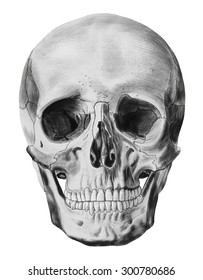 The bone in the skull protect the brain, provide a framework for the face, and anchor the muscles that produce facial expression The skull consists of 22 bones , 21 of which are locked together by immovable joints called sutures . only the lower jaw (mandible)can move .
The bone in the skull protect the brain, provide a framework for the face, and anchor the muscles that produce facial expression The skull consists of 22 bones , 21 of which are locked together by immovable joints called sutures . only the lower jaw (mandible)can move .
Mandible moves to open the mouth for eating,breathing,and speaking.
2. CHEST
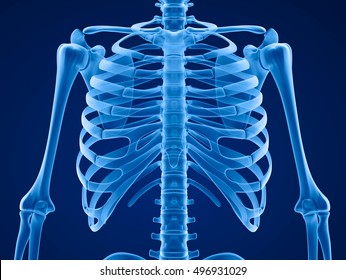
The bones of the chest (thorax)consist of the sternum (breastbone), the ribs, and part of the backbone . Together , they form a protective "cage"that protects the lungs and the heart .
3. FOREARM
The Forearm is made up of two parallel bones -the ulna and the radius . The ulna curves round the humerus to form the elbow's point , while the radius form a joint with the carpals (wrist bone). Radius is the outer bone in the forearm . Ulna is the inner bone of the forearm.
4. ELBOW
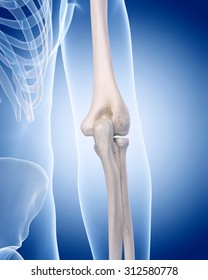
The bones of the upper arm and forearm meet at the elbow. this joint act like a door hinge allowing the arm to bend or straighten. The forearms bones can rotate at the elbow , enabling the palm of the hand to face upwards and downwards.
5. KNEE
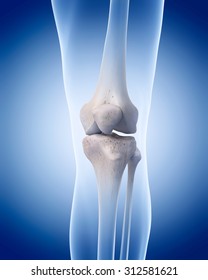
The Knee joint between the femur(thigh bone) and the tibia (shin bone) is the strongest and most complex joint in the body. this hinge joints allow the leg to bend or straighten and supports the body's weight during activities such as running, jumping, or kicking. Femur (thigh bone )is the longest bone in the body . Tibia (shin bone) forms joint with the femur and ankle bones.
6.PELVIS
This strong, bowl -shaped structure consists of the two curved hip bones (pelvic girdle) and the sacrum. The pelvic supports the abdominal organs and attaches the thigh bones to rest of the skeleton. Sacrum anchors the backbone to the pelvic girdle . Hip joints is where the ball shaped head of the femur fits into the cup shaped socket in the hip bone.
7. HAND
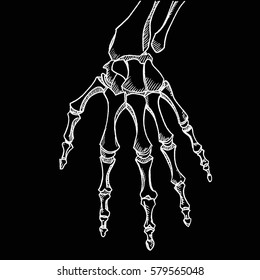
Hinged at the wrist,the hand consists of 27 bone and many movable joints (knuckles), which enable it to perform a wide range of tasks. The human thumb is opposable , which means that it can be rotated to touch the tips of each of the other fingers.
8.FOOT
Each foot consists of the ankle, sole, and toe bones , which supports and move the body's weight . These bones also provide a flexible platform that pushes the body off the ground during movement and absorbs the shock on landing. Phalanges are the 14 slender bones that form the toes . Tarsals are the seven bones that form the ankle , heel, and apart of the arch of the foot.
9. TOES
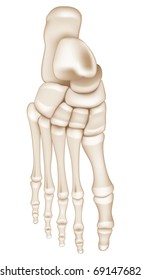
The phalanges of the toes are much shorter and less flexible than those of the fingers. the phalanges enables the body to stay upright and to stand on tiptoe. they also help to propel the body forwards during movement . Metatarsals are the five long bones that connect the toes to the middle part of the foot .
 The bone in the skull protect the brain, provide a framework for the face, and anchor the muscles that produce facial expression The skull consists of 22 bones , 21 of which are locked together by immovable joints called sutures . only the lower jaw (mandible)can move .
The bone in the skull protect the brain, provide a framework for the face, and anchor the muscles that produce facial expression The skull consists of 22 bones , 21 of which are locked together by immovable joints called sutures . only the lower jaw (mandible)can move .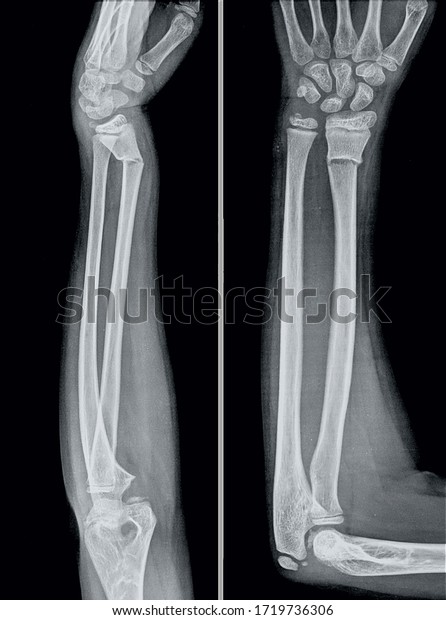
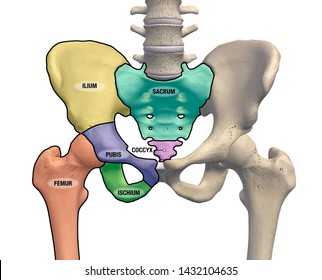
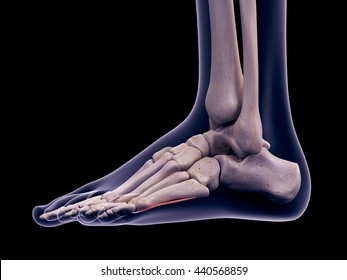





No comments:
Post a Comment